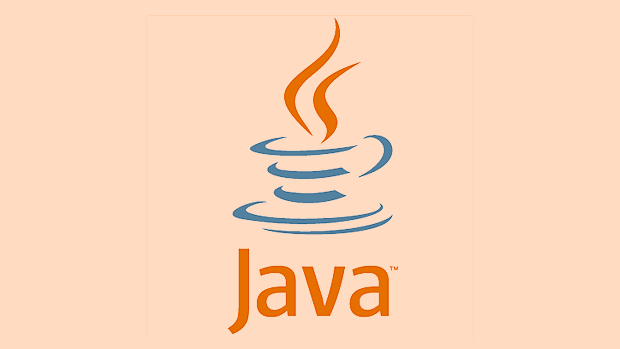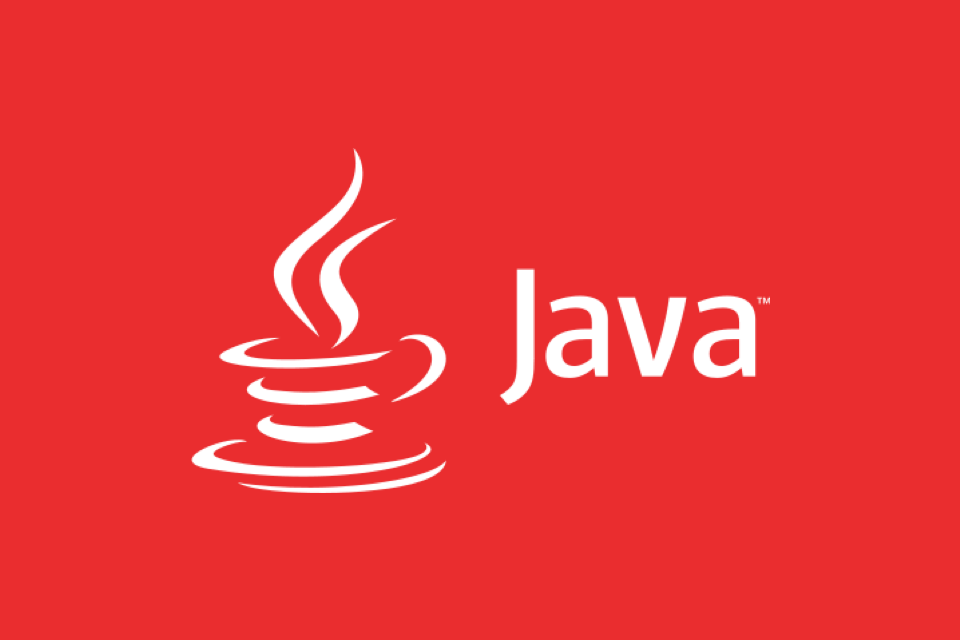Java bytecode is an intermediate instruction set after Java program is compiled, executed by the JVM, and is the basis for implementing "write once, run everywhere". The class file stores bytecode and related metadata in a strict binary format. Understanding them can help debug, understand language features, develop tools, and improve security awareness. Learning can start by using Javap to view bytecode, read JVM specification documents, visualize class structure with the help of tools, and try to dynamically modify bytecode.

Java bytecode and class file formats are the basis for Java programs to run. The Java code we write is compiled into bytecode and then executed by the JVM. Understanding these underlying mechanisms can help you better understand the principles of program operation and even have more advantages when troubleshooting problems.

What is Java Bytecode?
Java bytecode is an intermediate language. It is not machine code, nor is it the Java source code we usually write. It is the core part of the .class file that the Java compiler converts .java files into.
- It is a stack-based instruction set, each instruction is very short, for example,
iconst_1means pushing an integer 1 into the operand stack. - A JVM is like a virtual CPU that is specifically used to interpret and execute these bytecode instructions.
- JVMs on different platforms can execute the same bytecode, which is also the key to Java's implementation of "write once, run everywhere".
You can use the javap tool to disassemble the .class file to view the generated bytecode, for example:

javap -c MyClass.class
This way you can see the specific instructions inside the method.
Class File Structure Overview
Each .class file follows a strict binary format that defines the basic information and behavior of a class or interface. Although it looks complicated, its structure is regular:

- Magic Number : Fixed to
0xCAFEBABE, which is used to identify this as a legal class file. - Version number (Minor & Major Version) : indicates the Java version used to compile this class.
- Constant Pool : stores various symbolic references and literals in a class, such as class names, method names, string constants, etc.
- Access Flags : Indicates that this class is public, abstract, final, etc.
- Class index, parent class index and interface table : describe the inheritance relationship of this class.
- Field table collection and method table collection : records all fields and method information in the class.
- Attribute table : additional information, such as method's bytecode instructions, source code line numbers, exception tables, etc.
The entire file is organized in an unsigned byte stream, without extra spaces, and parsing requires the length and content of each field to be read strictly in order.
Why is it helpful to know them?
Many people think that these things are too far away, but they are not. Knowing some knowledge of bytecode and class files can bring benefits in the following aspects:
- Debugging is more in-depth : When you use tools to analyze performance bottlenecks or decompile third-party libraries, you can see the real execution logic.
- Understand the implementation behind language features : For example, how does switch support String? How to deal with automatic packing and unboxing? These can be seen from the bytecode.
- Build plug-ins or tools : If you have written annotation processors, bytecode enhancement tools (such as ASM, ByteBuddy), it is necessary to have a certain understanding of the class format.
- Improve security awareness : Some attacks will bypass the inspection mechanism by modifying the bytecode, and understanding the structure can help identify potential risks.
How to start learning?
If you are just starting to get involved in this part of the content, you can start from these directions:
- Use
javapto view the bytecode of the simple class you wrote and look at the corresponding instructions for variable assignment, looping, conditional judgment, etc. - Read the official document "Java Virtual Machine Specification", which describes the format and bytecode specifications of the class file in detail.
- Use plugins like jclasslib or IDEA to visually view the class file structure.
- Try to dynamically generate or modify bytecode using ASM or Javassist to deepen your understanding.
Basically that's it. Not difficult, but it is easy to ignore details. Take your time and you will find that this mechanism is actually quite interesting.
The above is the detailed content of Understanding Java Bytecode and Class File Format. For more information, please follow other related articles on the PHP Chinese website!

Hot AI Tools

Undress AI Tool
Undress images for free

Undresser.AI Undress
AI-powered app for creating realistic nude photos

AI Clothes Remover
Online AI tool for removing clothes from photos.

Clothoff.io
AI clothes remover

Video Face Swap
Swap faces in any video effortlessly with our completely free AI face swap tool!

Hot Article

Hot Tools

Notepad++7.3.1
Easy-to-use and free code editor

SublimeText3 Chinese version
Chinese version, very easy to use

Zend Studio 13.0.1
Powerful PHP integrated development environment

Dreamweaver CS6
Visual web development tools

SublimeText3 Mac version
God-level code editing software (SublimeText3)
 VSCode settings.json location
Aug 01, 2025 am 06:12 AM
VSCode settings.json location
Aug 01, 2025 am 06:12 AM
The settings.json file is located in the user-level or workspace-level path and is used to customize VSCode settings. 1. User-level path: Windows is C:\Users\\AppData\Roaming\Code\User\settings.json, macOS is /Users//Library/ApplicationSupport/Code/User/settings.json, Linux is /home//.config/Code/User/settings.json; 2. Workspace-level path: .vscode/settings in the project root directory
 How to handle transactions in Java with JDBC?
Aug 02, 2025 pm 12:29 PM
How to handle transactions in Java with JDBC?
Aug 02, 2025 pm 12:29 PM
To correctly handle JDBC transactions, you must first turn off the automatic commit mode, then perform multiple operations, and finally commit or rollback according to the results; 1. Call conn.setAutoCommit(false) to start the transaction; 2. Execute multiple SQL operations, such as INSERT and UPDATE; 3. Call conn.commit() if all operations are successful, and call conn.rollback() if an exception occurs to ensure data consistency; at the same time, try-with-resources should be used to manage resources, properly handle exceptions and close connections to avoid connection leakage; in addition, it is recommended to use connection pools and set save points to achieve partial rollback, and keep transactions as short as possible to improve performance.
 python itertools combinations example
Jul 31, 2025 am 09:53 AM
python itertools combinations example
Jul 31, 2025 am 09:53 AM
itertools.combinations is used to generate all non-repetitive combinations (order irrelevant) that selects a specified number of elements from the iterable object. Its usage includes: 1. Select 2 element combinations from the list, such as ('A','B'), ('A','C'), etc., to avoid repeated order; 2. Take 3 character combinations of strings, such as "abc" and "abd", which are suitable for subsequence generation; 3. Find the combinations where the sum of two numbers is equal to the target value, such as 1 5=6, simplify the double loop logic; the difference between combinations and arrangement lies in whether the order is important, combinations regard AB and BA as the same, while permutations are regarded as different;
 Mastering Dependency Injection in Java with Spring and Guice
Aug 01, 2025 am 05:53 AM
Mastering Dependency Injection in Java with Spring and Guice
Aug 01, 2025 am 05:53 AM
DependencyInjection(DI)isadesignpatternwhereobjectsreceivedependenciesexternally,promotingloosecouplingandeasiertestingthroughconstructor,setter,orfieldinjection.2.SpringFrameworkusesannotationslike@Component,@Service,and@AutowiredwithJava-basedconfi
 python pytest fixture example
Jul 31, 2025 am 09:35 AM
python pytest fixture example
Jul 31, 2025 am 09:35 AM
fixture is a function used to provide preset environment or data for tests. 1. Use the @pytest.fixture decorator to define fixture; 2. Inject fixture in parameter form in the test function; 3. Execute setup before yield, and then teardown; 4. Control scope through scope parameters, such as function, module, etc.; 5. Place the shared fixture in conftest.py to achieve cross-file sharing, thereby improving the maintainability and reusability of tests.
 Troubleshooting Common Java `OutOfMemoryError` Scenarios
Jul 31, 2025 am 09:07 AM
Troubleshooting Common Java `OutOfMemoryError` Scenarios
Jul 31, 2025 am 09:07 AM
java.lang.OutOfMemoryError: Javaheapspace indicates insufficient heap memory, and needs to check the processing of large objects, memory leaks and heap settings, and locate and optimize the code through the heap dump analysis tool; 2. Metaspace errors are common in dynamic class generation or hot deployment due to excessive class metadata, and MaxMetaspaceSize should be restricted and class loading should be optimized; 3. Unabletocreatenewnativethread due to exhausting system thread resources, it is necessary to check the number of threads, use thread pools, and adjust the stack size; 4. GCoverheadlimitexceeded means that GC is frequent but has less recycling, and GC logs should be analyzed and optimized.
 How to work with Calendar in Java?
Aug 02, 2025 am 02:38 AM
How to work with Calendar in Java?
Aug 02, 2025 am 02:38 AM
Use classes in the java.time package to replace the old Date and Calendar classes; 2. Get the current date and time through LocalDate, LocalDateTime and LocalTime; 3. Create a specific date and time using the of() method; 4. Use the plus/minus method to immutably increase and decrease the time; 5. Use ZonedDateTime and ZoneId to process the time zone; 6. Format and parse date strings through DateTimeFormatter; 7. Use Instant to be compatible with the old date types when necessary; date processing in modern Java should give priority to using java.timeAPI, which provides clear, immutable and linear
 Advanced Spring Data JPA for Java Developers
Jul 31, 2025 am 07:54 AM
Advanced Spring Data JPA for Java Developers
Jul 31, 2025 am 07:54 AM
The core of mastering Advanced SpringDataJPA is to select the appropriate data access method based on the scenario and ensure performance and maintainability. 1. In custom query, @Query supports JPQL and native SQL, which is suitable for complex association and aggregation operations. It is recommended to use DTO or interface projection to perform type-safe mapping to avoid maintenance problems caused by using Object[]. 2. The paging operation needs to be implemented in combination with Pageable, but beware of N 1 query problems. You can preload the associated data through JOINFETCH or use projection to reduce entity loading, thereby improving performance. 3. For multi-condition dynamic queries, JpaSpecifica should be used






